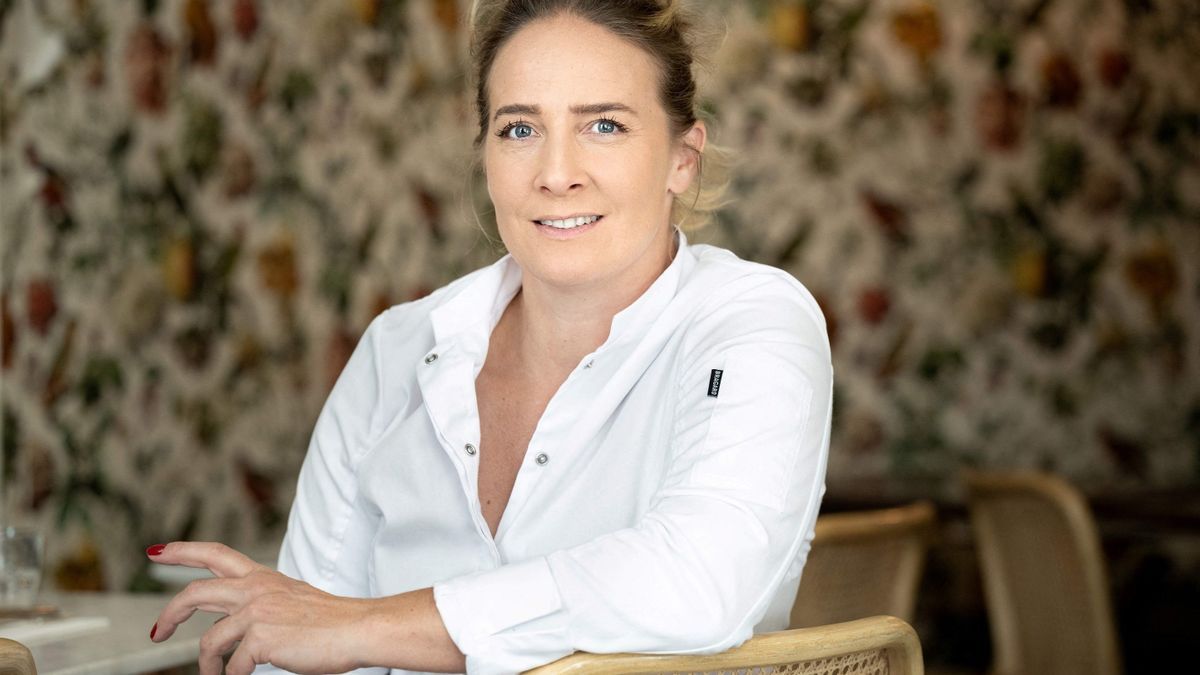
Europe, which is struggling to reduce its consumption of meat, synonymous with eating well, will strive to take the plunge during the Paris Olympic Games in 2024, with a gastronomic offer for athletes emphasizing vegetal.
“It’s certain that when we think of traditional cuisine, we think more of veal blanquette or pepper steak than quinoa risotto“, laughs Amandine Chaignot, one of the three chefs who will promote French gastronomy alongside the Sodexo Live! group responsible for providing food for the 15,000 athletes at the Olympic Village.
If she imagined a guinea fowl dish with crayfish, Alexandre Mazzia will only use a little fish to accompany his vegetable and legume dishes, while Akrame Benallal has chosen vegetables with a muesli with quinoa.
“It’s fantastic in terms of greening“, welcomes Laurent Pasteur, project director of the Olympic and Paralympic Village for the Paris 2024 Olympic Games from Sodexo Live!, whose stated objective is to reduce the carbon footprint of menus with local products and less animal proteins.
Dahl of green lentils from Ile-de-Europe with a skyr (a kind of yogurt) with coriander and corn oil: the “signature” recipe of Sodexo Live! goes in the same direction.
“Not for everybody”
“33% of the supply is in vegetable proteins (…) There is a real shift“, believes Laurent Pasteur, while ensuring that each athlete will find “what they want” among the more than 500 recipes that will be served during the Olympics.
Because a diet based on plant proteins and legumes, good for the planet, is not suitable for all athletes, concedes Hélène Defrance, Olympic medalist skipper, nutritionist and member of the Paris 2024 athletes’ commission.
And “greening is a big trend“and these antioxidant foods”protect the body“, “It’s not something that can be imposed on everyone. Some people will find amino acids in plant proteins, but not all organisms adapt“, she emphasizes in an interview with AFP.
As for legumes, “these are quite complex foods to digest“, adds Hélène Defrance.
The chefs’ dishes go like this “enrich” the overall offer and will rather be intended for tasting after the tests.
“I’ve been interested in all things kilocalories and such, but I’m not here for that. An athlete will not come to eat at my house on the eve of his competition. We are here to bring our French know-how and a festive side“, told AFP Alexandre Mazzia, former high-level basketball player, 3 Michelin stars.
Pivotal moment?
The Olympic Games will serve as a “showcase” to show that French cuisine is modern and could become “a pivotal moment” to change habits, Loïc Bienassis, historian at the European Institute of History and Sciences, told AFP. food cultures in Tours.
“Historically, there is no great French meal without meat (…) Saying +let’s make great French cuisine and eliminate the meat+ is a reversal of perspective“, he emphasizes.
Europe comes far behind England and the Nordic countries in the place given to plants.
In a recent report encouraging people to eat less meat, the daily Libération cited data from the Institute of Economics for the Climate, according to which the French consume “more than twice as much meat and animal products as the global average” and offered non-meat barbecue recipes.
An idea implemented this summer at the Trianon Palace in Versailles, with meatless skewers as well as a burger made from beetroot and quinoa.
The green shift for the Olympics, “that doesn’t surprise us“, told AFP the palace’s sous chef, Abdourahamane Cissé, adding that American and Asian tourists, but also French people, are increasingly asking for vegetarian dishes.
To avoid frustrating meat lovers, the palace still offers a meat alternative, chosen by around 10% of customers.

